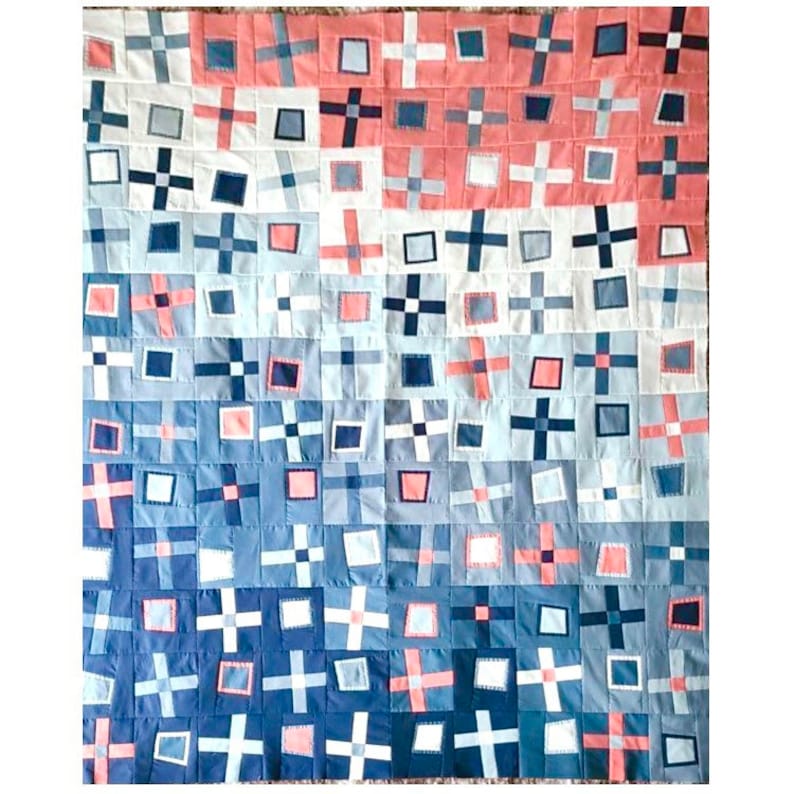
In Old English, it meant “to fasten or constrain with a ‘bend’ or bond to confine, fetter,” the OED says. Meanwhile, the verb “bend” had come into the language soon after the noun. The American Heritage Dictionary of Indo-European Roots says a verb stem reconstructed as bhendh- (to bind) is the ultimate origin, not only of “bend,” “band,” and “bond” but also of “bind,” “bandana,” and “ribbon.” Not surprisingly, all those words have been traced to the same prehistoric Indo-European source. That sense of “bend” is now obsolete except in nautical usage (it means a knot), but for a time during the Middle English period all three nouns-“bend,” “band,” and “bond”-were used interchangeably in that early sense of something for restraining a person. “Band” and “bond” were originally variants of each other and meant the same thing as “bend,” the OED says: “a shackle, chain, fetter, manacle,” and so on. The noun was used in that sense until it was eventually superseded by “band” and “bond,” two competing nouns adopted later from Old Norse in the 12th and 13th centuries. From An Ecclesiastical History of the English People, an Old English translation from Bede’s Latin chronicle of the 700s. “Þa benda sumes gehæftes” (“the ties were loosed”). Here’s the OED’s earliest example, which uses the Anglo-Saxon plural benda: The noun was first recorded (as bęnd) around the year 890, according to the Oxford English Dictionary. In Old English, a “bend” was originally a fetter or a shackle-anything used to restrain or tie someone up-and to “bend” was to fetter them.

You might say it bends in all directions, every way but straight. A piece of wire can be bent, an angry person can be bent out of shape, a speculator can be bent on making a killing in options, someone on a bender can be bent, and a crook, as well as his illicit gains, can be bent.Īppropriately, the adjective “bent” has a winding history, dating from the Middle English of the 14th century when it was derived from the verb “bend.” And as we’ve written in a 2012 post, “bend” itself has a romantic origin, evoking the graceful curve of a medieval archer’s bow.īut the story begins even farther into the past, when “bend,” both noun and verb, had menacing meanings. What can you tell us?Ī: Yes, the adjective “bent” has a variety of meanings. Q: Colson Whitehead uses the adjective “bent” in this passage from Harlem Shuffle, his latest novel: “Ray Carney was only slightly bent when it came to being crooked.” One can read many meanings into “bent” and I began wondering about its derivation and use over time.


 0 kommentar(er)
0 kommentar(er)
